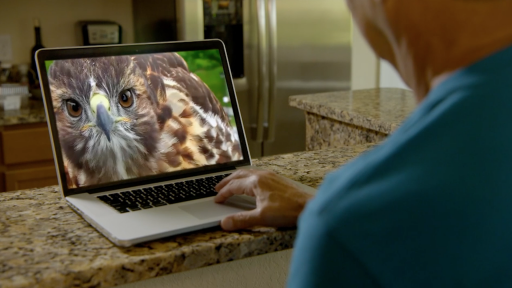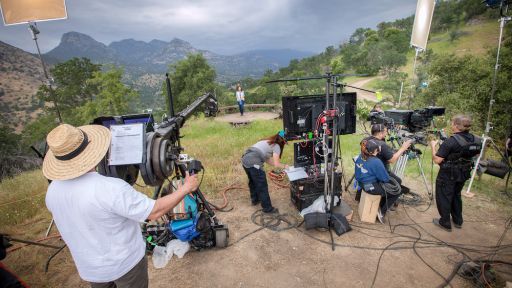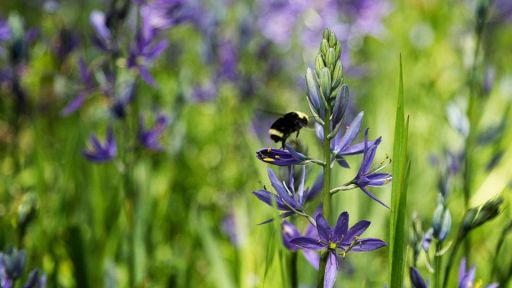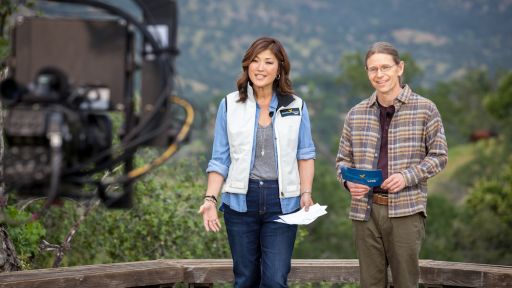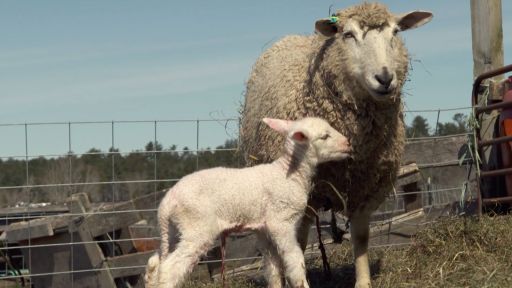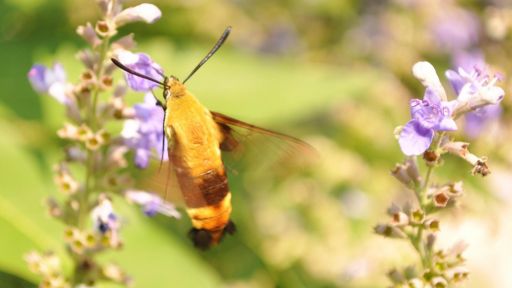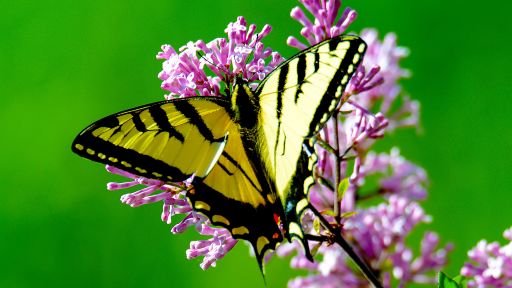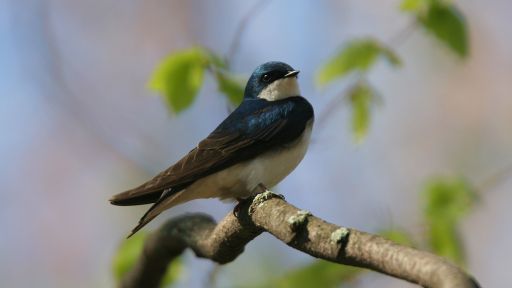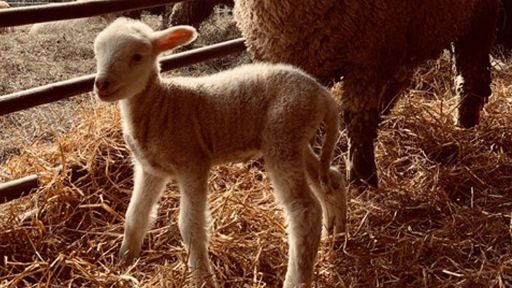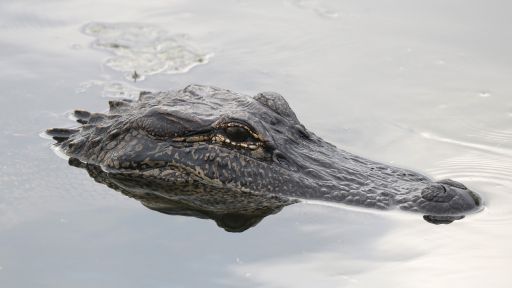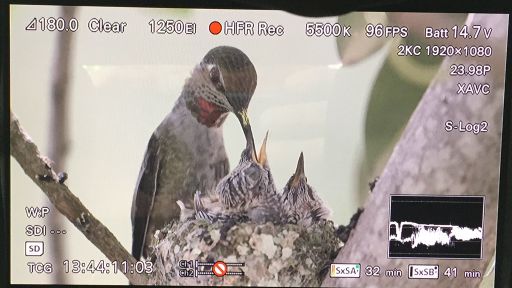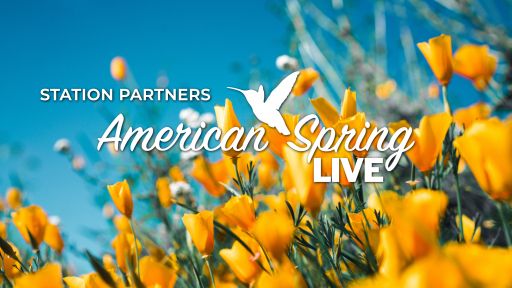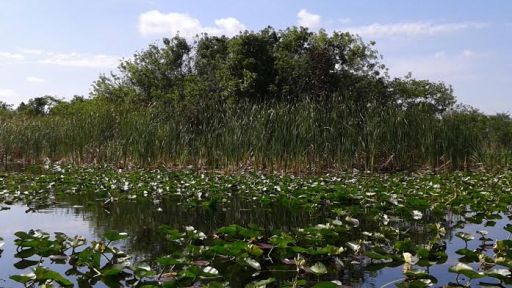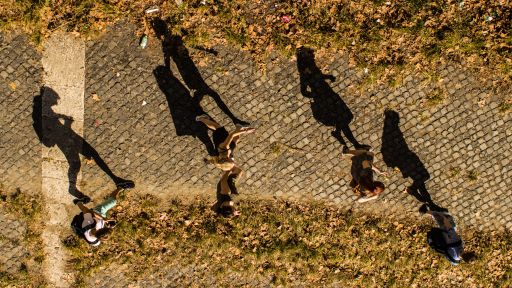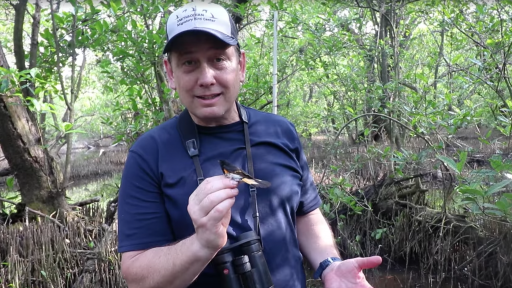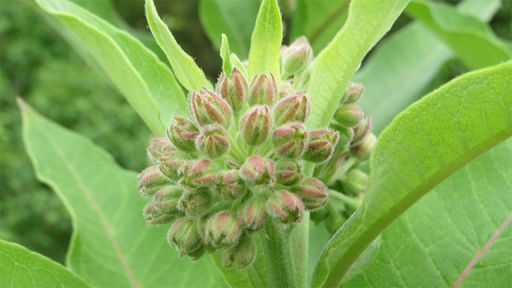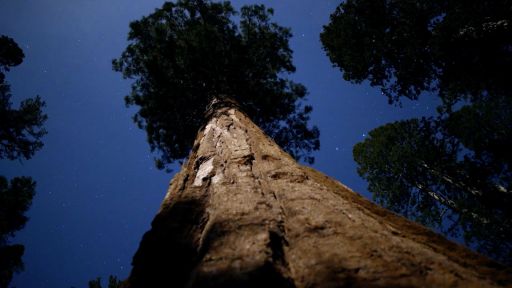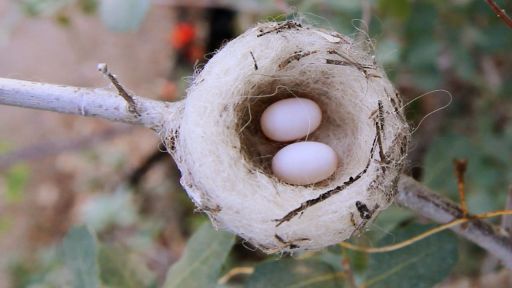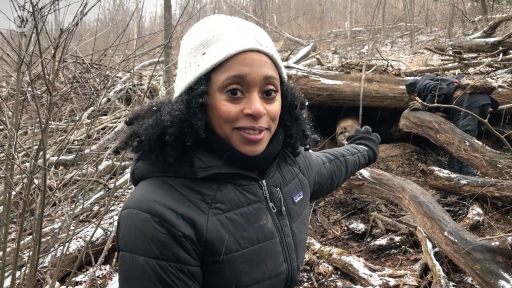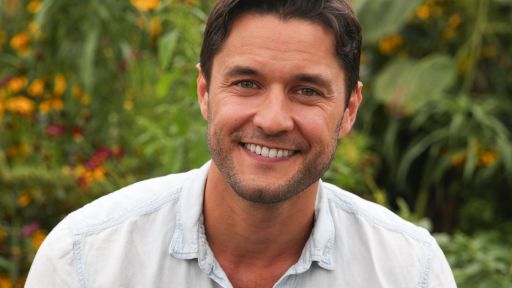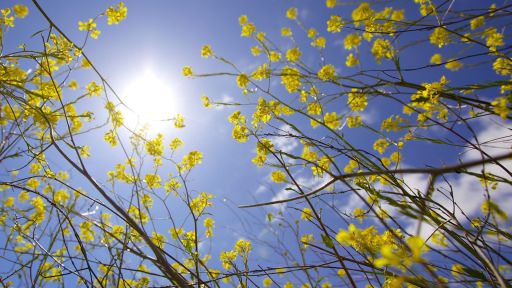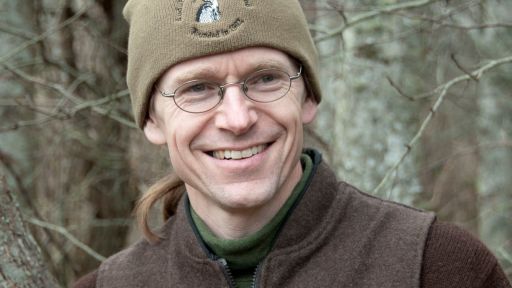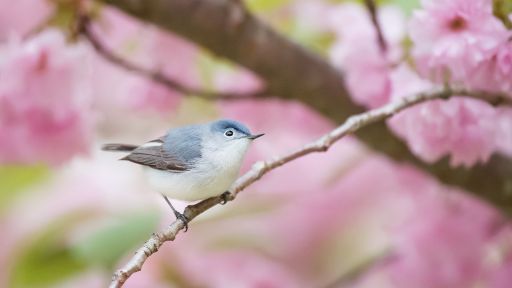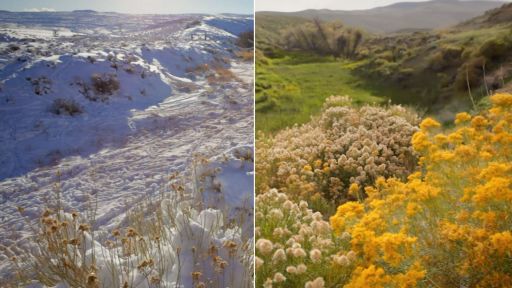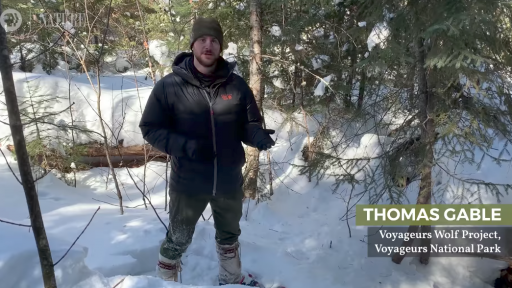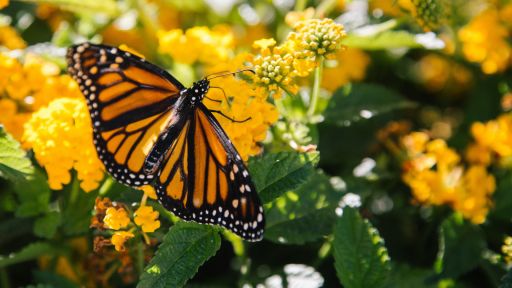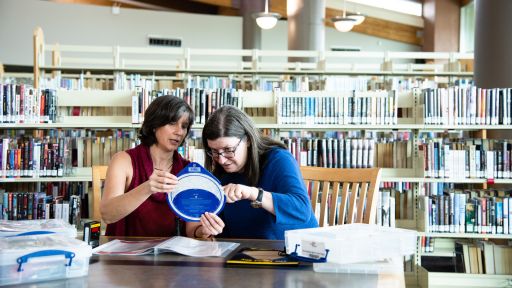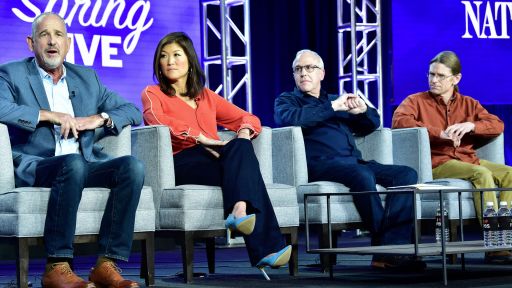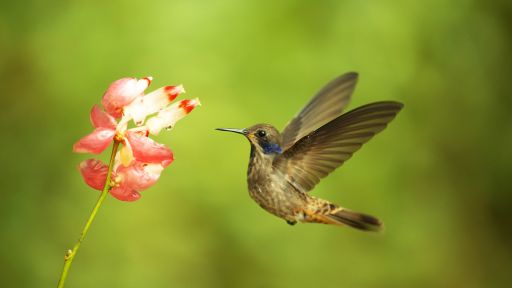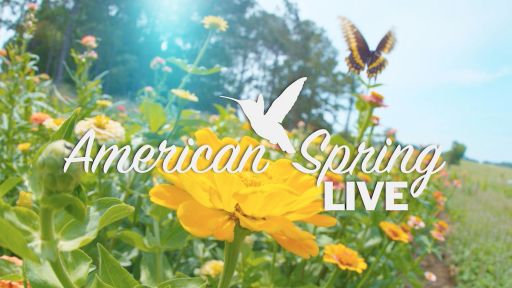It takes a village to produce a live nature broadcast! Meet the many contributors who will be featured in American Spring LIVE…
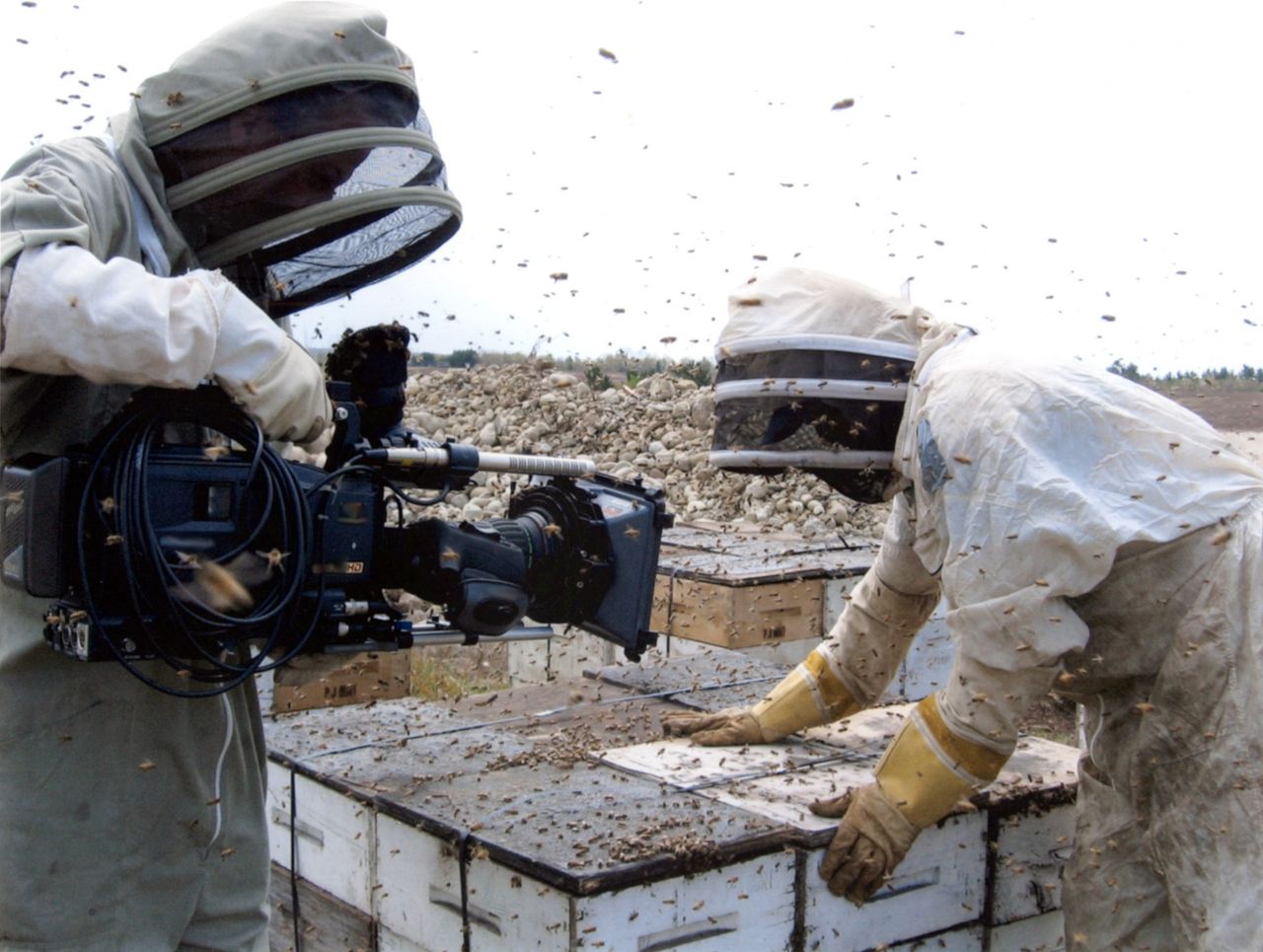
Acclaimed news anchor Juju Chang will host the multi-platform event each night, with correspondents Thor Hanson and Phil Torres explaining the science behind the changing seasons. Additional expert contributors from across the nation will join the broadcast to showcase various springtime phenomena in ecosystems ranging from the Sierra Nevada Mountains to the Everglades, from inner-city parks to remote wilderness preserves.
Special contributors include:
Nanne Kennedy – sheep farmer, Meadowcroft Farm
Location: Washington, Maine
Nanne Kennedy will showcase the birth of one of her lambs during Episode 1 “Birth and Rebirth” (April 29). Kennedy raises more than 200 sheep for their wool and many are expecting babies this spring.
Imogene Cancellare – biologist
Location: Sierra Nevadas
Imogene Cancellare’s background is in landscape and conservation genetics, population ecology and wildlife management. She will be biking down the Sierra Mountains from altitude to baseline to show the emergence of spring, from snow-peaked mountaintops to newly blooming meadows, creeks and lowlands.
Dr. Rae Wynn-Grant – large carnivore biologist
Location: Western Maryland
Dr. Rae Wynn-Grant will show how bears in the Allegheny Mountains of Western Maryland emerge from hibernation. She specializes in the ecological and social drivers of human-carnivore conflict, and the influence of human activity on suitable carnivore habitats.
Dr. Harold Greeney – biologist
Location: Mt. Lemmon, Arizona
Dr. Harold Greeney is a researcher in Arizona who will journey to find some of the tiniest and best-hidden nests on the planet. Greeney has researched and observed hundreds of hummingbird nests across the country.
Mark Emery – wildlife cinematographer
Location: Florida Everglades
Mark Emery is an award-winning filmmaker and photographer. He will demonstrate how he documents the connection between nesting birds and alligators in the Everglades.
Dr. Winifred Frick – biologist, UC Santa Cruz
Location: Bracken Cave, Texas
As the Chief Scientist at Bat Conservation International, Dr. Winifred Frick will use her bat biology expertise to explain the migration patterns of bats in Texas. Pregnant free-tailed bats return to Bracken Cave to raise their young; the abundance of insects in the Texas skies are a plentiful food source.
Michael Male – wildlife cinematographer
Location: Locustville, Virginia
In Episode 2 “Migration” (April 30), Emmy Award-winning filmmaker Michael Male will demonstrate how to use a floating blind camera to capture incredible and intimate shots of birds on the water.
Emily Mistick – biologist, University of British Columbia
Location: Sierra Nevadas
Emily Mistick’s research focuses on the relationship between sound production and flight performance in hummingbirds. She will take a paragliding trip over the Sierras to simulate what migrating birds experience up in the atmosphere.
Dr. Pete Marra – Director, Smithsonian Migratory Bird Center
Location: Mad Island Marsh Preserve, Texas
Dr. Pete Marra’s research in avian conservation science encompasses the ecology of migratory birds, urban ecosystem ecology and disease ecology. He will be catching, tagging, and releasing songbirds to show their migratory patterns from the Caribbean to Texas.
Dr. Andrew Farnsworth – migratory bird researcher, Cornell Lab of Ornithology
Location: Roma, Texas
Dr. Andrew Farnsworth is a Research Associate in the Information Science Program at Cornell Lab of Ornithology. He will demonstrate his major discoveries on nighttime bird migration and birdsongs that have been found through weather radar and microphones.
Thomas Gable – biologist, Voyageurs Wolf Project
Location: Voyageurs National Park, Minnesota
A Ph.D. student at the University of Minnesota, Thomas Gable’s work on the Voyageurs Wolf Project focuses on wolf-moose-deer-beaver interactions in Voyageurs National Park, Minnesota. During the third episode, he will be trying to track down a wolf pack and their pups that have taken residence in Voyageurs National Park.
Dr. Akito Kawahara – entomologist, Florida Museum of Natural History and University of Florida
Location: Gainesville, Florida
Dr. Akito Kawahara’s research investigates the evolution and diversity of invertebrates, particularly butterflies and moths. During Episode 3 “Connections,” journey into the Ordway-Swisher Reserve in Gainesville, Florida as he documents moth diversity and tests the acoustic abilities of bats. Moth sounds are used to combat bats, their biggest predators.
Marc Johnson – beekeeper
Location: San Francisco, California
As a member of the San Francisco Beekeepers Association, Marc Johnson has witnessed firsthand the growing trend of urban beekeeping across the nation to help mitigate colony collapse disorder. He will demonstrate how to tackle and capture an urban swarm – a natural event bees go through when a colony needs to downsize.
Filipe DeAndrade – wildlife photographer
Location: Coastal Marin County, California
Filipe DeAndrade’s love for wildlife has taken him all across the world to capture incredible animal behavior. During Episode 3 “Connections,” he will show how bobcats in California hunt for mice and other small prey.

